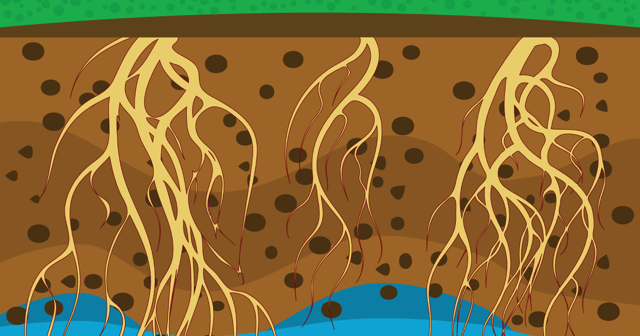Regenerative Agriculture 101: Everything You Need to Know
REGENERATIVE AGRICULTURE
@OrganicConsumer | | Read the Full Article
OCA helped found Regeneration International (RI) in 2014, along with Mercola.com, Navdanya, Dr. Bronner’s, the Rodale Institute, and other organic leaders. RI has since become the largest global network of Organic and Regenerative producers and organizations in the world, with over 450 affiliates in over 60 nations.
Cristen Hemingway Jaynes summarizes the basics of Regenerative Agriculture in EcoWatch:
In regenerative agriculture, the physical, biological and chemical integrity of the soil is preserved through minimal disturbance.
Indigenous cultures maintain and have maintained a regenerative relationship with their natural environments, including the soil, for thousands of years.
Regenerative farming helps build healthy soil and increases plant diversity.
Through regenerative agricultural practices like using cover crops and no-till farming, nutrient-dense, chemical-free foods are produced.
Healthy soils maintained through regenerative farming trap water and nutrients and maximize the efficiency of water use.
Regenerative agriculture improves water quality and helps to restore and protect rivers, lakes and streams.
In the 1980s, Pennsylvania’s Rodale Institute began using the term “regenerative agriculture”; its founder, Bob Rodale, wanted to not only incorporate sustainability into farming, but regeneration.
Regenerative soil practices can reverse climate change by restoring the degraded biodiversity of soils and rebuilding organic matter, resulting in increased carbon sequestration and a healthier water cycle.
Making the shift to holistic and regenerative agricultural and grazing practices can help restore the grasslands that cover a third of the surface of the Earth, 70 percent of which have been degraded.”
Read more: Regenerative Agriculture 101: Everything You Need to Know

